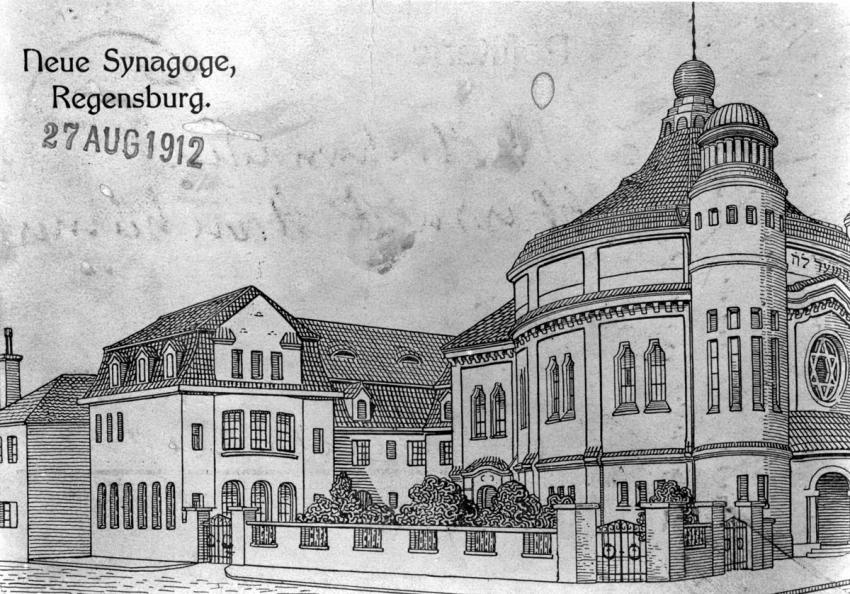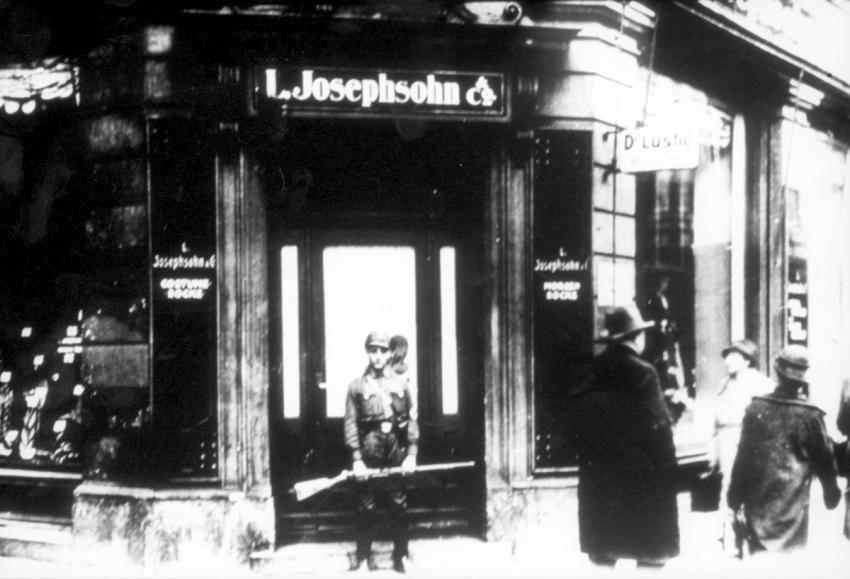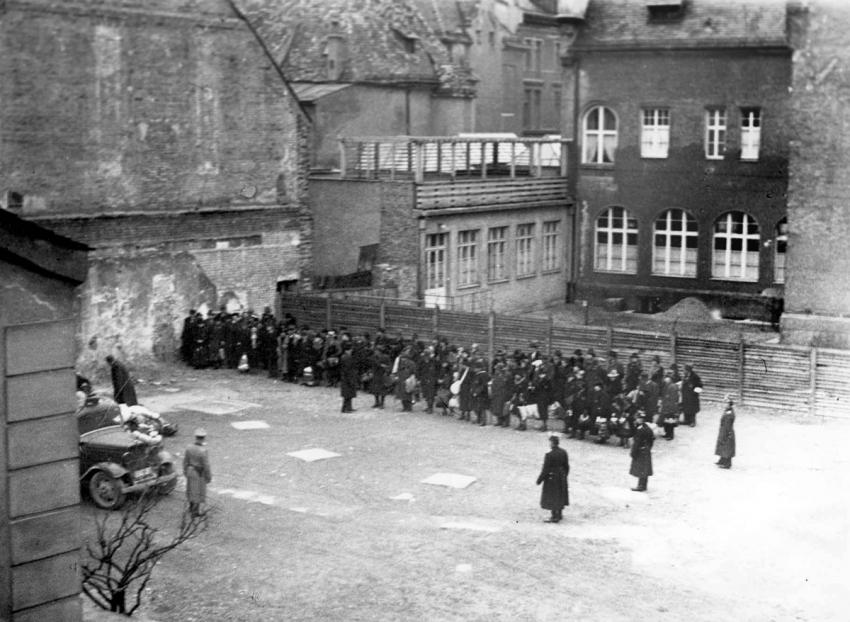The Jewish community in Regensburg, Bavaria existed as far back as the 11th century. At its height, at the end of the 19th century, the community numbered some 670 Jews. When the Nazis rose to power in Germany in 1933, there were approximately 420 Jews living in Regensburg, about 0.5% of the city’s total population.
The fate of the Jews of Regensburg in the period of the Nazi regime and during the Holocaust was similar to that of Jews in other parts of Germany: their property was confiscated, their homes and businesses were attacked, and during the November Pogrom ("Kristallnacht") and afterwards, many of them were arrested and deported to concentration camps. In light of this persecution, almost half of Regensburg’s Jews left Germany before the outbreak of the war. The remaining Jews were deported to ghettos in Poland as well as the Terezin ghetto; most of them were murdered in the Holocaust.
Today, approximately 1,000 Jews live in Regensburg, the majority immigrants from the Former Soviet Union.









